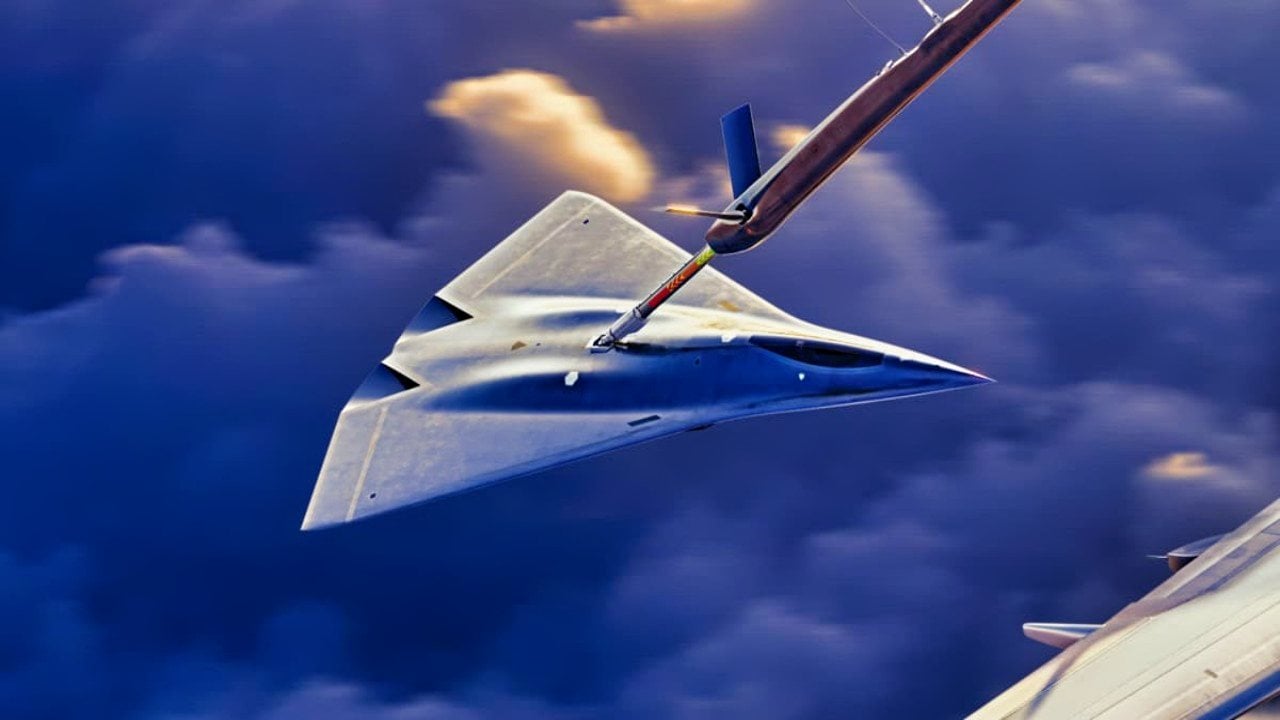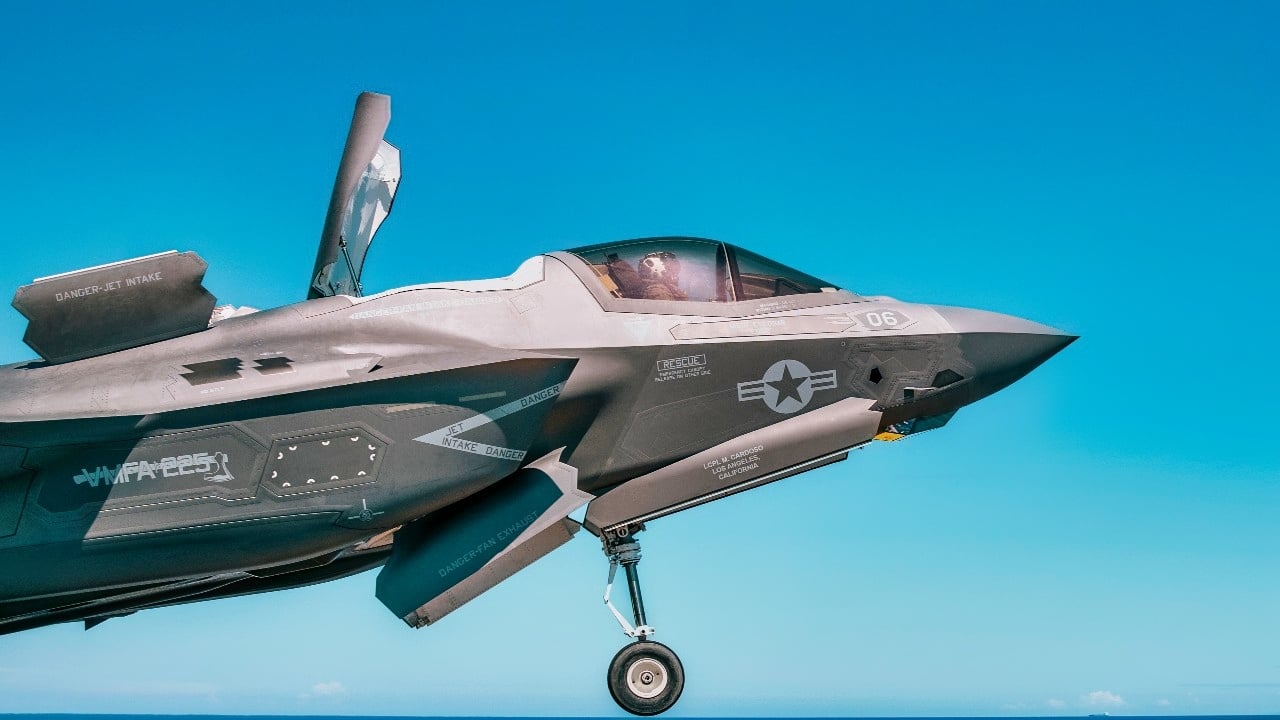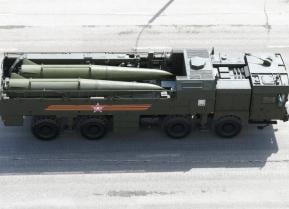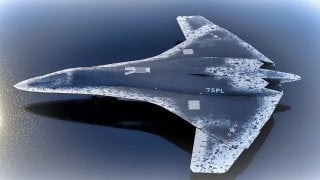The NGAD Fighter Will Cost More Than 3 Times the F-35 Per Plane
The high cost of the NGAD program—$300 million per airframe, more than three times the F-35’s cost per plane—has put it on shaky ground. Initially touted as the next generation in U.S. air combat technology, recent budget concerns and growing skepticism over its practicality have delayed progress.
What You Need to Know: The high cost of the NGAD program—$300 million per airframe, more than three times the F-35’s cost per plane—has put it on shaky ground. Initially touted as the next generation in U.S. air combat technology, recent budget concerns and growing skepticism over its practicality have delayed progress.

-USAF Chief of Staff Gen. David Allvin proposed a cost-effective “Light Fighter” alternative focusing on modularity, open systems, and digital engineering.
-While the NGAD isn’t officially canceled, its future remains uncertain, leaving room for a potential shift toward adaptable, affordable designs rather than a pricey next-generation fighter.
Did the Crazy Price of the NGAD Kill the Program?
Welp, I reckon that one good article on the travails, trials, and tribulations of the Next-Generation Air Dominance (NGAD) 6th Generation fighter jet program deserves another, n’est-ce pas?
My esteemed Editor has asked me to tackle the following question: “Did the crazy price of the NGAD – roughly 3 times the price of the F-35 – kill the program?”
Well, my short answer is: that exorbitant price didn’t kill the NGAD program outright, but definitely rendered it comatose and put it on life support.
To quote that famous sports proverb, “It ain’t over ‘til the fat lady sings” (Jayden Daniels’ game-winning Hail Mary touchdown pass to Noah Brown that lifted the Washington Redskins, er, Commanders to victory over the Chicago Bears is living proof of this), but in this particular instance the proverbial fat lady is definitely looking over the sheet music and lip-syncing in rehearsal.
From Lofty Beginnings…
How far the mighty (or aspiring mighty, anyway) have fallen.
Back in 2022, it looked as though NGAD was well on its way to being The Next Big Thing in U.S. Air Force aerial combat technology, a program that would supersede 5th Generation stealth fighters (such as America’s F-22 Raptor and F-35 Lightning II, as well as China’s Chengdu J-20 “Fagin” and Russia’s Sukhoi Su-57 “Felon”) (analogous to the U.S. Navy’s F/A-XX and the British Royal Air Force’s (RAF) Tempest program).

Indeed, that June, the Congressional Research Service (CRS) released a report:
“The Air Force intends for NGAD to replace the F-22 fighter jet beginning in 2030, possibly including a combination of crewed and uncrewed aircraft, with other systems and sensors… Since 2015, Congress has appropriated approximately $4.2 billion for NGAD…On September 15, 2020, then-U.S. Air Force acquisition executive Dr. Will Roper announced that the Air Force had flown a full-scale flight demonstrator as part of the NGAD program. Secretary of the Air Force [SECAF] Frank Kendall announced on June 1, 2022 that NGAD program technologies have matured enough to allow the program to move to the engineering, manufacture, and design phase of development.”
…To a Tenuous and Uncertain Present and Future
Alas, fast-forward to the present day, and trouble in Paradise for the present and future viability of the NGAD program.
That trouble exists due to a fundamental issue of dollars and sense. Going back that quote from my Editor about the NGAD costing triple the price of the Lockheed Martin F-35 Lightning II (the latest pride & joy of the Lockheed Martin’s legendary “Skunk Works” Division)…well, if you want to be technically nitpicky about it, NGAD to now projected to cost 3.75x as much as the Lightning II: $300 million USD per airframe for NGAD versus a “mere” (sarcasm mode fully engaged here) $80M USD a pop for the F-35. This, of course, depends on your dataset on the F-35 cost numbers.
Given all the controversies surrounding the F-35 over its high costs and reports of reliability issues, the USAF brass is starting to balk at the thought of going through an exponentially higher double-whammy of bank-breaking costs and public humiliation.

And as troubled as the F-35 program has been, at least it’s now a battle-proven platform, thanks to the Israeli Air Force, who used their F-35I Adir (“Mighty One”) variant to strike Iranian missile launch sites in Syria in Israeli airspace.
Okay, so now what?
To reiterate what I’d noted in my previous writeup on NGAD, Chief of Staff of the Air Force (CSAF) Gen. David Allvin proposed “notional Light Fighter concept" as a lower-cost alternative, Gen, Allvin floated this idea at the Chief of the Air Staff’s Global Air & Space Chiefs’ Conference in London this past July . If this comes to fruition, the Light Fighter would mark a major paradigm shift in the USAF’s approach to combat aircraft acquisition, i.e. a focus on adaptability, not ruggedness. (This would certainly be in the spirit of the early 20th century airpower theorist Gen. Giulio Douhet’s dictum that “Flexibility is the key to airpower.”)
Accordingly, Gen. Allyn envisions a warbird that has the following traits to enable such adaptability for continuous improvement:
-open systems architecture
-modular design
-digital engineering
-3d-printing/additive manufacturing
Meanwhile, to use another sports adage. “It ain’t over ‘til it’s over.” Until either the USAF brass or the DOD senior civilian leadership officially cancel the NGAD (you know, like how then-SECDEF Bob Gates prematurely aborted the F-22 Raptor program back in 2009), I won’t pronounce it legally dead just yet.
About the Author: Christian D. Orr, Defense Expert
Christian D. Orr is a Senior Defense Editor for National Security Journal (NSJ). He is a former Air Force Security Forces officer, Federal law enforcement officer, and private military contractor (with assignments worked in Iraq, the United Arab Emirates, Kosovo, Japan, Germany, and the Pentagon). Chris holds a B.A. in International Relations from the University of Southern California (USC) and an M.A. in Intelligence Studies (concentration in Terrorism Studies) from American Military University (AMU). He has also been published in The Daily Torch , The Journal of Intelligence and Cyber Security, and Simple Flying. Last but not least, he is a Companion of the Order of the Naval Order of the United States (NOUS).
Image Credit: Creative Commons and/or Shutterstock.


